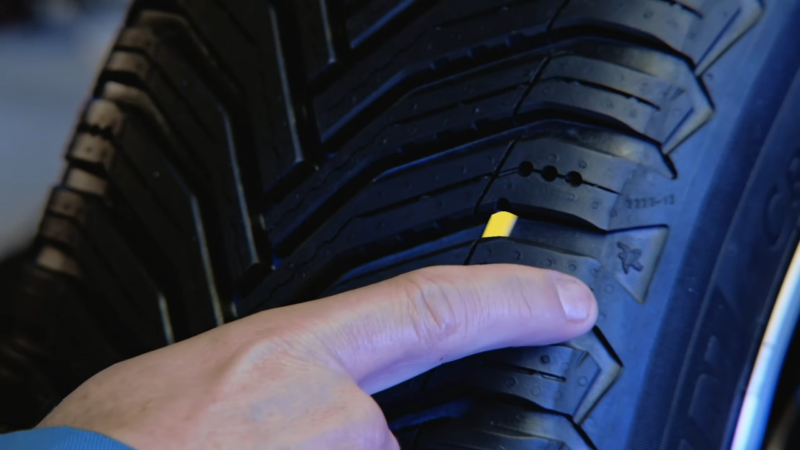Even though they represent one of the key parts of any vehicle, it is common among drivers to not pay enough attention to the condition of tires. You have to keep in mind that they can affect the performances and fuel efficiency, but also increase the risks if you are driving a car with bad tires.
At the center of maintaining tire safety lies the understanding of tire wear bars or wear indicators. We will provide more details about wear bars in the following article.
Main Features
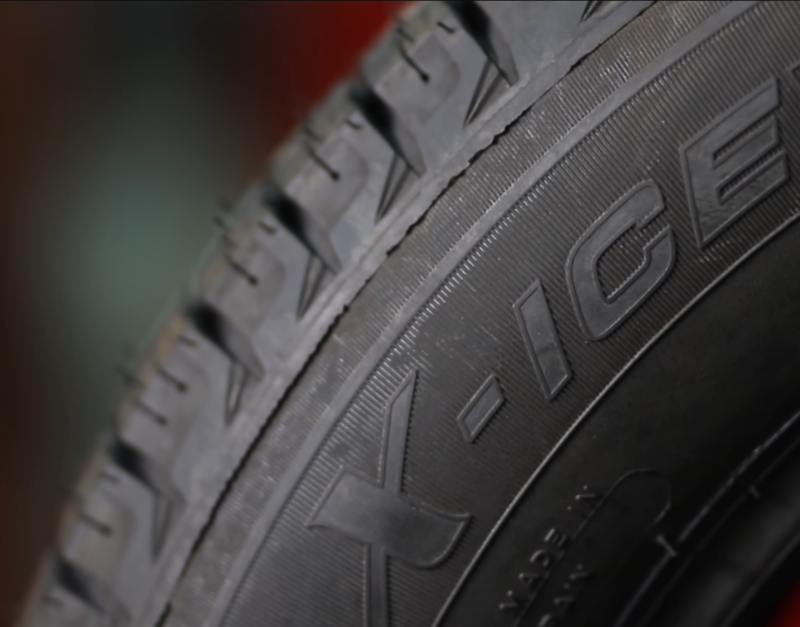
At first sight, tires may appear as simple rubber structures, but they have more complex designs and features, one of which is the tire wear bar. These are small, raised sections within the tire’s tread.
As the tire faces wear and tear, these wear bars become increasingly prominent. When the tread reaches the level of these bars, it’s a clear indicator that the tire’s lifespan is getting close to the end and that you should start considering the replacement.
Design
The inception of wear bars was not accidental. It emerged from the necessity to enhance road safety. Tires that have been worn down, including cracked tires, pose significant risks, particularly in challenging weather conditions.
Rain, sleet, or snow can dramatically reduce a worn tire’s grip, leading to compromised handling and increased chances of accidents. The wear bars act as a preliminary warning system, signaling drivers well in advance about the diminishing health of their tires and the need for a replacement, especially in the case of cracked tires.
Understand the Indicators
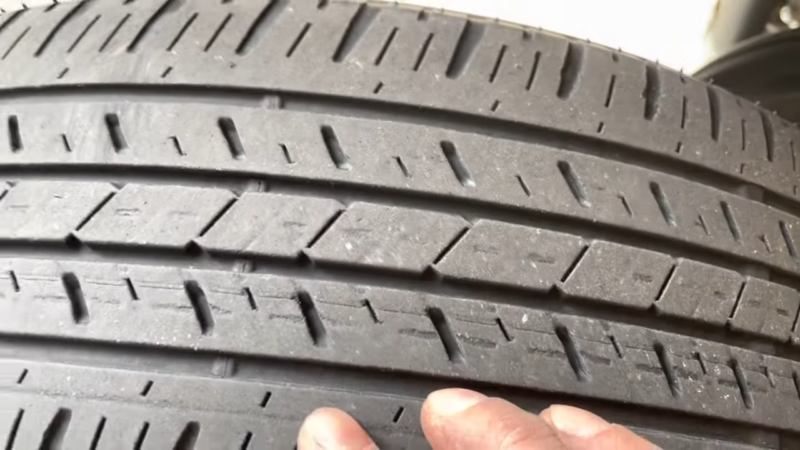
The most straightforward method to discern tire wear is a meticulous visual examination. By keenly observing the tire’s surface, you’ll notice the wear bars spanning its width. If they appear level with the surrounding tread patterns, it’s a clear indication that the tire’s efficacy is compromised.
While many tires feature a single wear bar, some advanced designs incorporate multiple, so it’s imperative to scrutinize the entire tire’s circumference.
The Penny Test Revisited
Beyond visual inspections, there’s the tried and tested penny method. By inserting a penny into a tire’s tread, with Abraham Lincoln’s head directed downwards, and if the top of his head remains visible, it suggests that the tire tread is below the safe limit of 2/32 of an inch.
This simple yet effective test acts as a supplementary method to the visual inspections, ensuring drivers don’t overlook their tire’s health.
Never Ignore the Signs
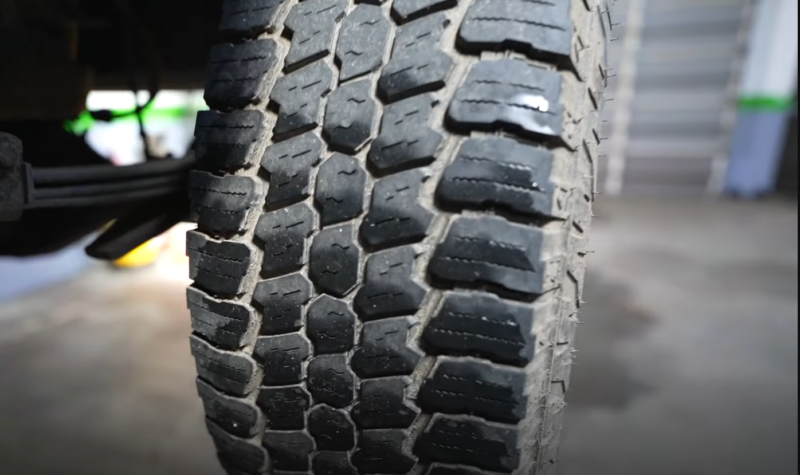
Deciding to drive with tires worn down can be quite risky, especially if you want to travel a longer distance. Such tires, especially in wet conditions, struggle to handle water and ice.
Therefore, even a slight turn in such conditions can lead to accidents. Moreover, these tires adversely affect braking distances, potentially leading to fatal collisions.
The Economic Impact
There are other downsides besides the increased risk when driving, especially when it comes to finance. Their inability to maintain optimal contact with the road means that the engine will be under pressure, leading to higher fuel consumption.
In the long run, this can lead to substantial financial drains, not to mention the environmental impact of increased fuel emissions.
Irregular Wear Patterns
Continued use of tires past their prime can result in anomalous wear patterns. These not only induce driving vibrations, reducing the overall driving comfort but can also escalate to more profound tire damage, leading to increased maintenance costs or even potential tire blowouts.
Plan a Replacement on Time
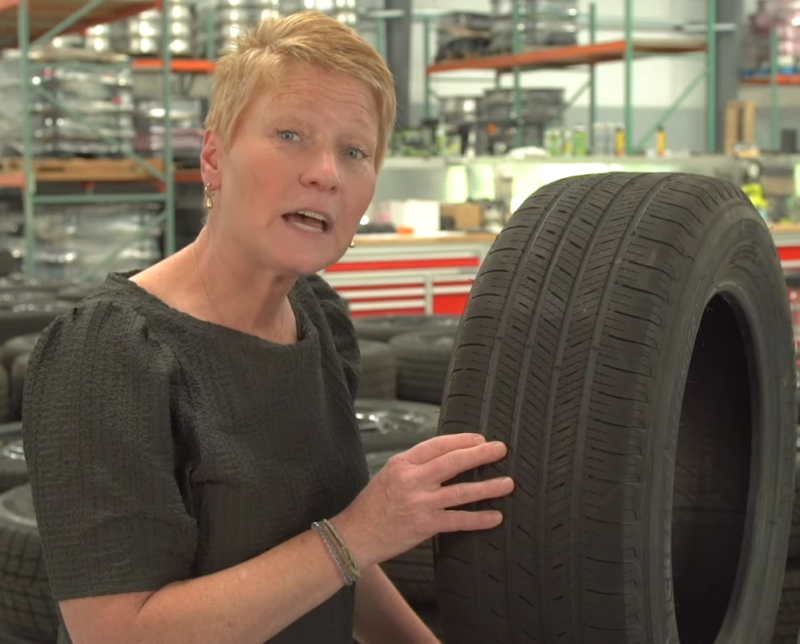
Automotive experts universally endorse the 2/32 rule. The logic is simple: if your tire tread has eroded to a depth of 2/32 of an inch or less, replacement becomes non-negotiable. Wear bars are typically calibrated to this measure, offering a visual cue to drivers.
However, while wear bars offer a standardized measure, one must also account for their individual driving conditions.
Those who are traveling over rugged terrains, getting stuck in traffic jams all the time, or frequently encounter harsh weather conditions might need to deal with the replacement more often.
Tire Maintenance
Tire rotation, typically every 5,000 to 7,000 miles, can ensure even wear across all tires. This not only improves the tire’s longevity but ensures a consistent wear pattern, optimizing the vehicle’s performance and safety.
Keep the Right Pressure
Maintaining optimal tire pressure isn’t just about preventing flat tires. Correct inflation ensures that the tire’s surface contacts the road uniformly, minimizing uneven wear and maximizing traction. Regular checks can stave off premature tire replacements.
Proper Alignment
It’s essential to ensure that a vehicle’s wheels align perfectly. Even a slight misalignment can induce uneven wear, lowering the tire’s lifespan and handling.
Environmental Concerns
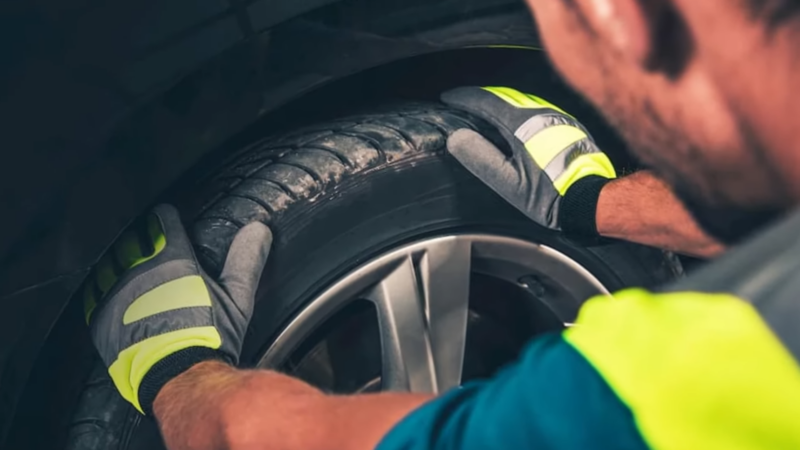
While it’s evident that worn-out tires can lead to safety issues and financial implications, their environmental impact is also significant. Tires that have passed their prime often have higher rolling resistance.
This means that your car’s engine has to work harder, resulting in higher fuel consumption and emissions. Moreover, worn-out tires could end up in landfills if not properly recycled.
Tires are non-biodegradable, and when left in landfills, they can lead to a plethora of environmental issues, such as leaching toxic chemicals into the soil or becoming breeding grounds for mosquitoes. Recycling tires or disposing of them properly ensures that they don’t harm the environment.
New Technologies on the Horizon
The automotive industry is continuously evolving, and tire technology is no exception. New advancements aim to make tires more durable, environmentally friendly, and efficient.
For instance, airless tires, also known as non-pneumatic tires, are being developed to eliminate the need for regular inflation checks and reduce the risk of blowouts.
Similarly, energy-efficient tires are being designed to reduce rolling resistance, thus improving fuel economy. Such innovations will not only extend the life of tires but also contribute to safer, more sustainable driving experiences. Staying updated with these technologies can aid drivers in making informed decisions about tire replacements and purchases.
FAQs
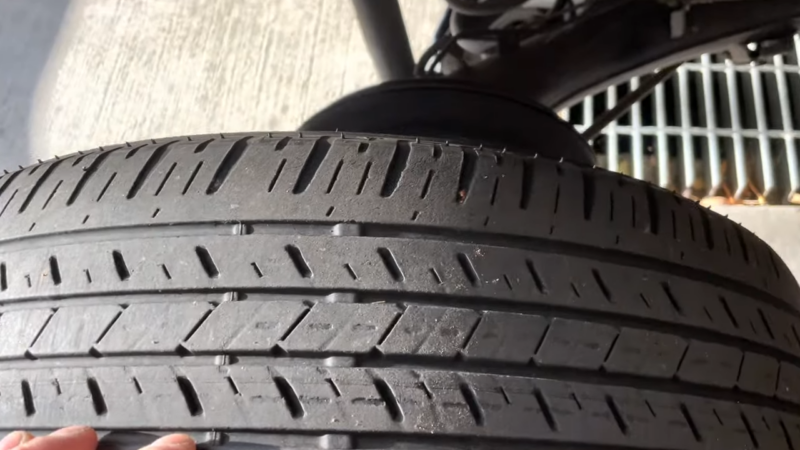
How often should I inspect my tires for wear indicators?
You should inspect your tires for wear indicators at least once a month and before long trips. Regular checks ensure that you’re aware of the tire’s condition and can address any issues promptly.
Besides the penny test, are there other DIY methods to check tire wear?
Yes, another popular method is the “quarter test.” When a quarter is inserted into a tire tread with George Washington’s head pointing down, if the top of his head is visible, it indicates tread depth might be getting low, though it’s still above the 2/32 inch threshold.
Can I rely solely on wear bars to determine when to change my tires?
While wear bars are reliable indicators of tire wear, it’s essential to consider other factors like tire age, sidewall damage, or irregular wear patterns. Wear bars are just one of many indicators that can signal the need for a tire change.
Do all tires come with wear bars or is it a feature in specific brands or models?
Most modern tires, regardless of brand, come equipped with wear bars as they are a standardized safety feature. However, it’s always a good idea to check the tire specifications or consult the manufacturer if unsure.
Summary
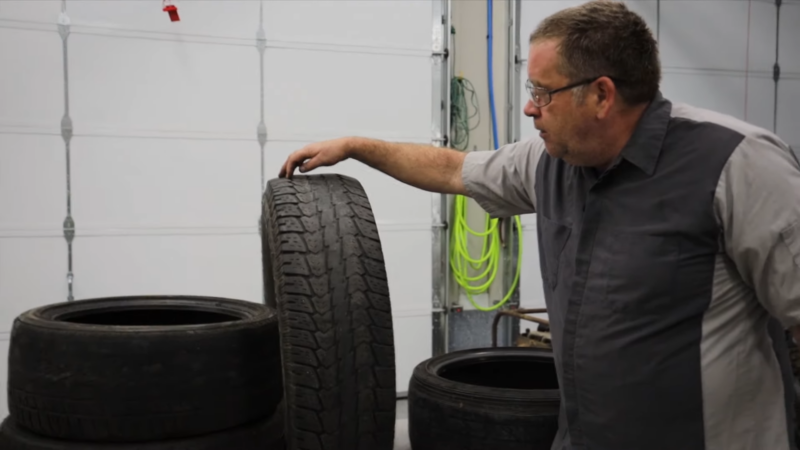
Tire maintenance and safety go hand in hand. Recognizing the importance of tire wear bars and understanding their role can make a significant difference in both driving safety and vehicle performance. The crucial part is to never forget to check this part of your car. That will help you stay safe, but also to save a lot of money in the long run.
